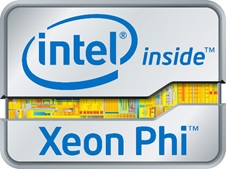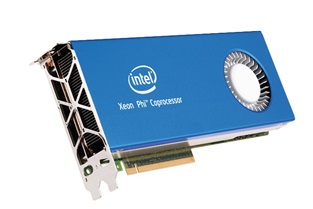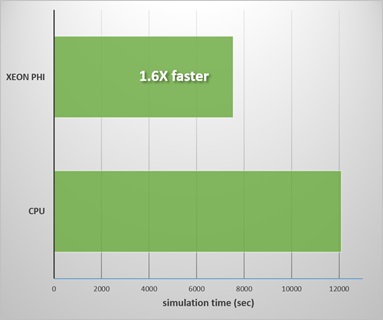[wpdm_package id=199]
OptiFDTD Linux – Now Supports Intel® Xeon Phi™ Coprocessor Cards
An Intel® Xeon Phi™ coprocessor typically consists of a PCI Express card hosting 57 – 61 cores running up to 244 threads in parallel and providing 6 – 16GB of dedicated memory, reaching up to 1.2 TeraFLOPS of double precision performance: http://www.intel.com/content/www/us/en/processors/xeon/xeon-phi-detail.html
Intel, the Intel logo, the Intel Inside logo, Xeon, and Intel Xeon Phi are trademarks of Intel Corporation in the U.S. and/or other countries. Intel, Xeon, and Intel Xeon Phi are trademarks of Intel Corporation in the U.S. and/or other countries.
Intel® Xeon Phi™ coprocessor cards run a completely independent Linux operating system within the computer. By using multiple cards, users can start parallel jobs, accelerate the most demanding 3D simulations, and keep additional computer resources available for day-to-day work.
1.6X Speed Increase
OptiFDTD Linux provides a transparent and user-friendly command line tool to run simulations directly on the card. When the Intel® Xeon Phi™ coprocessor onboard memory is fully utilized, FDTD simulations results can be delivered up to 1.6X faster when compared to the computer’s CPU.




